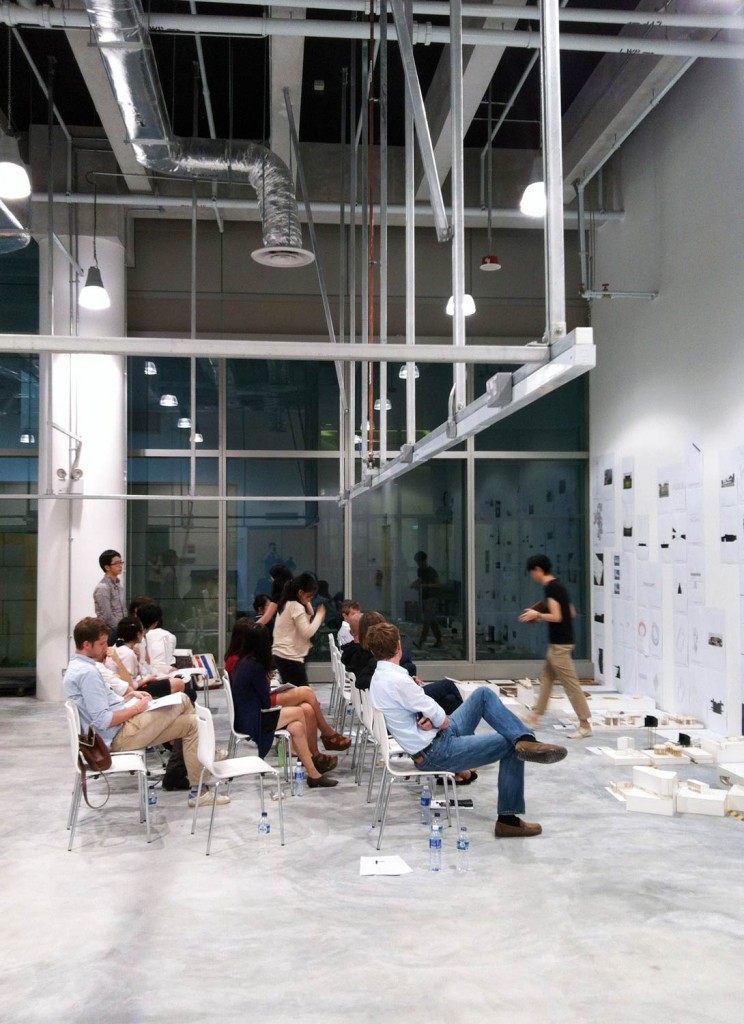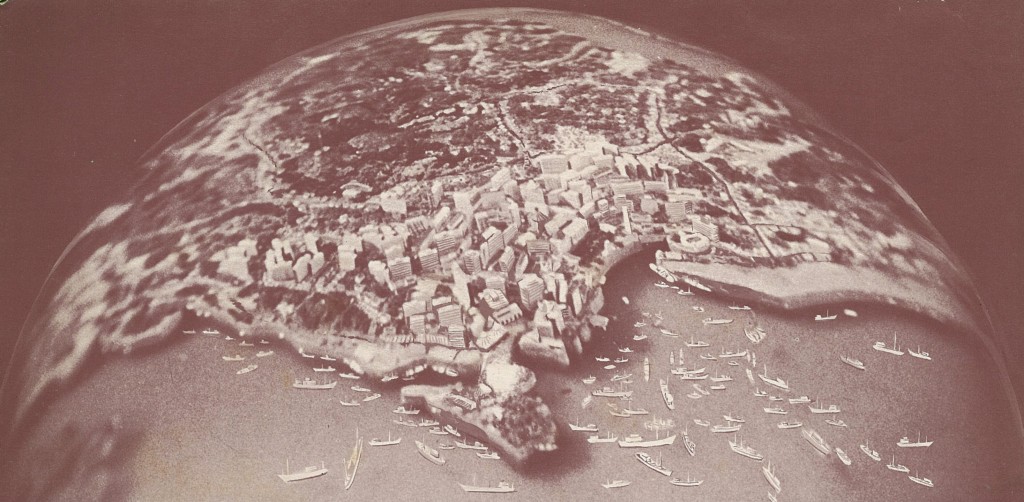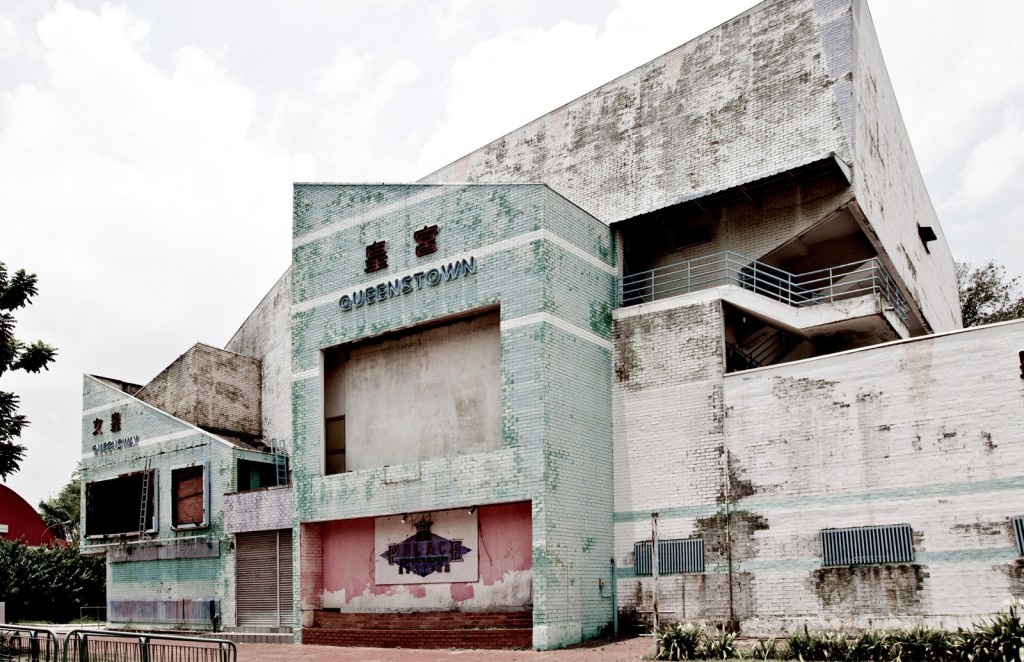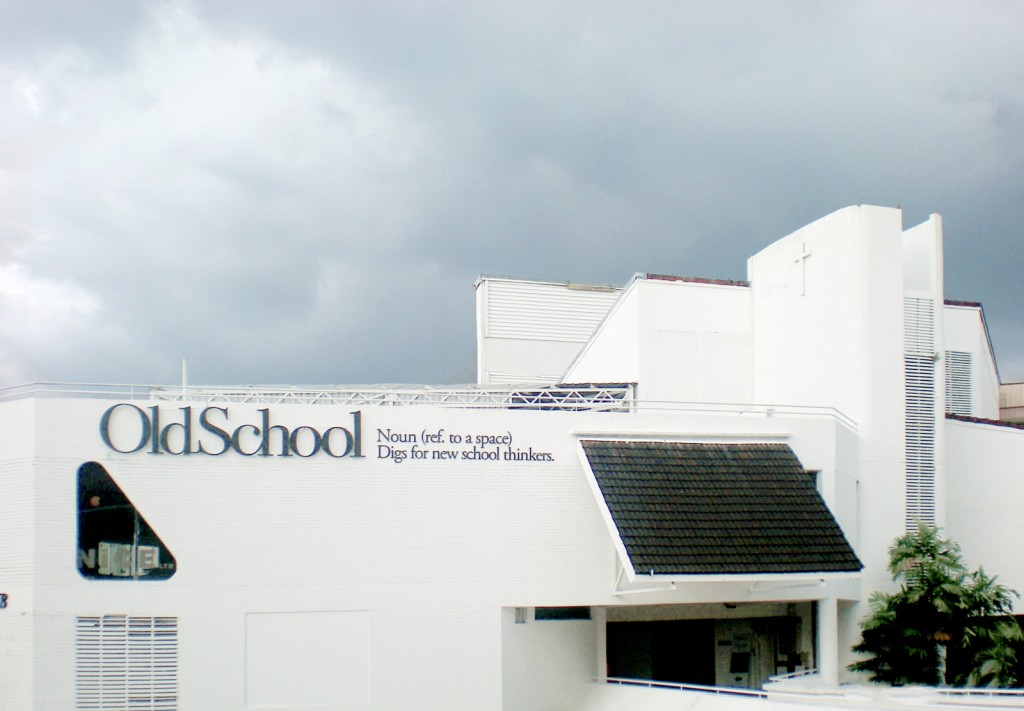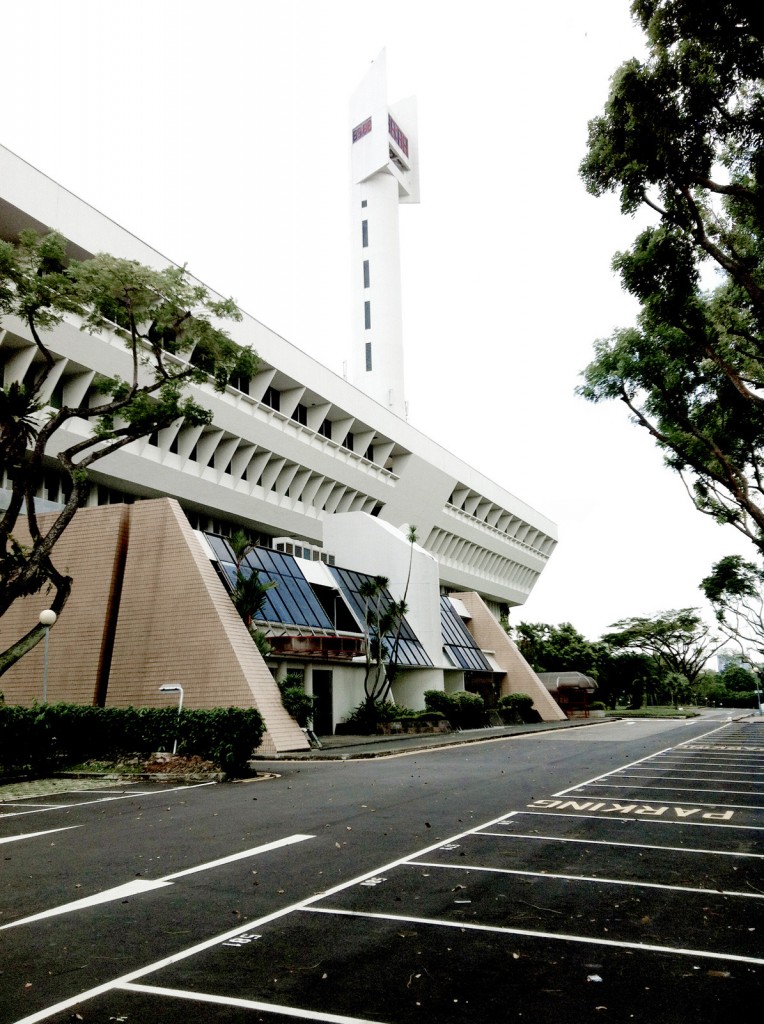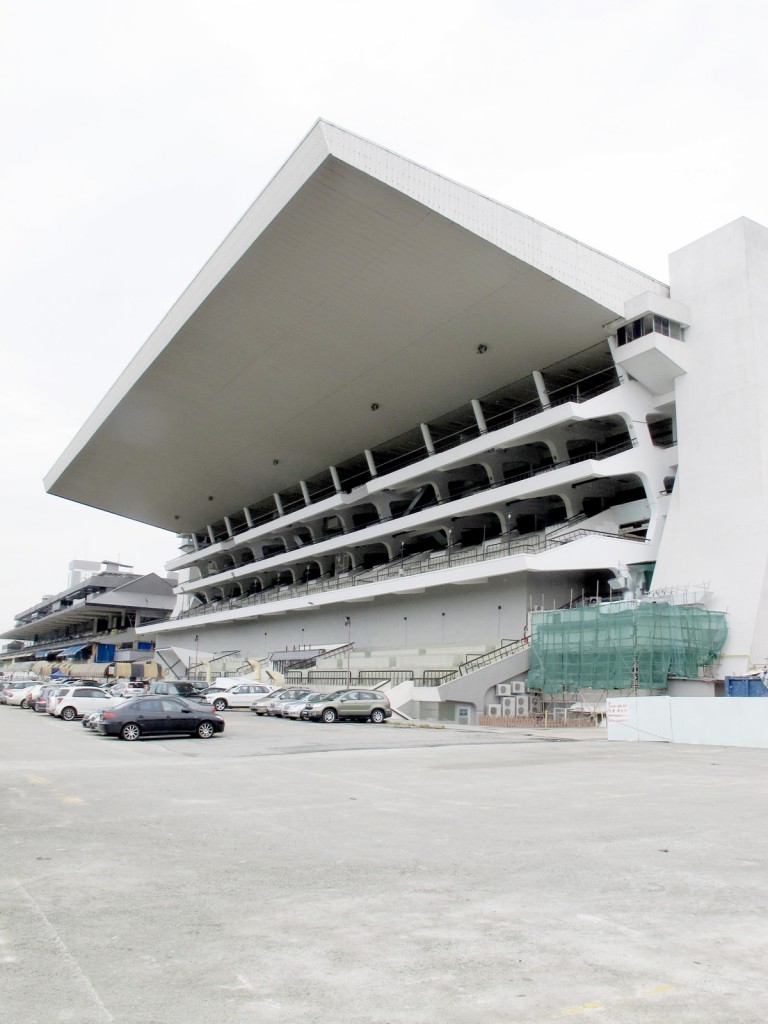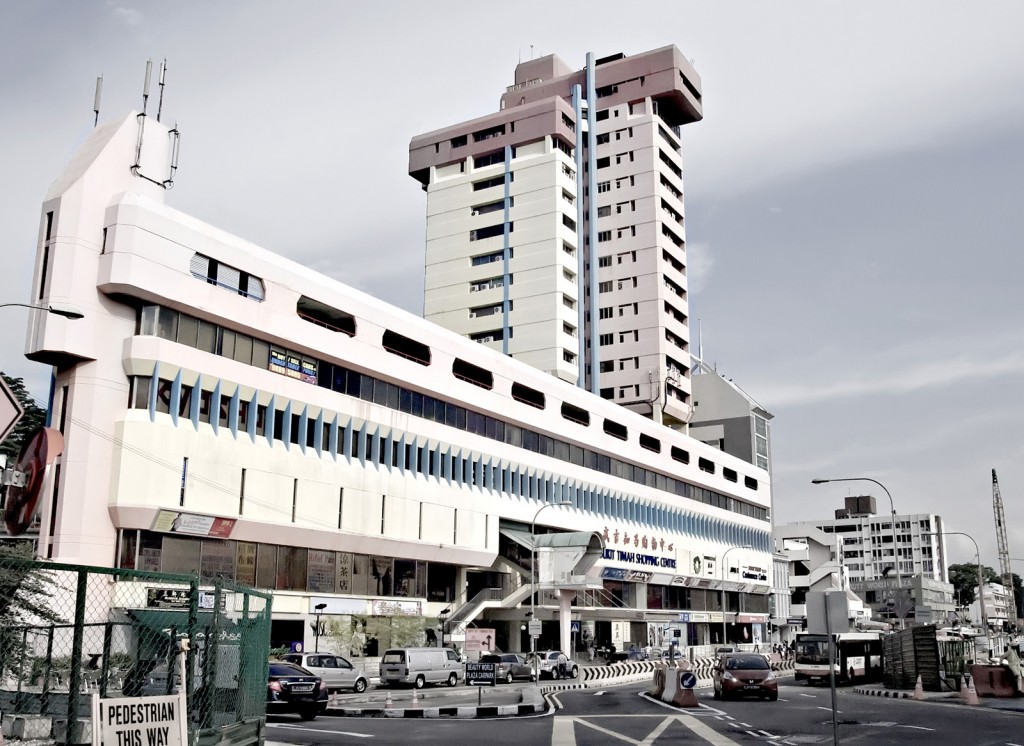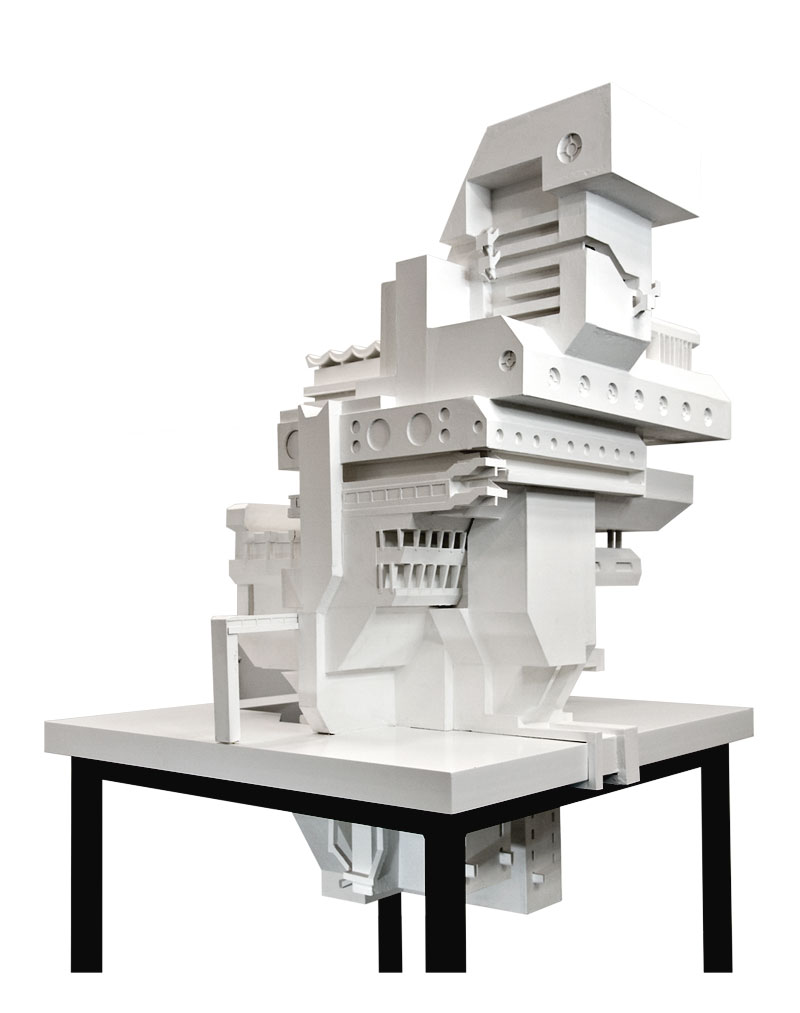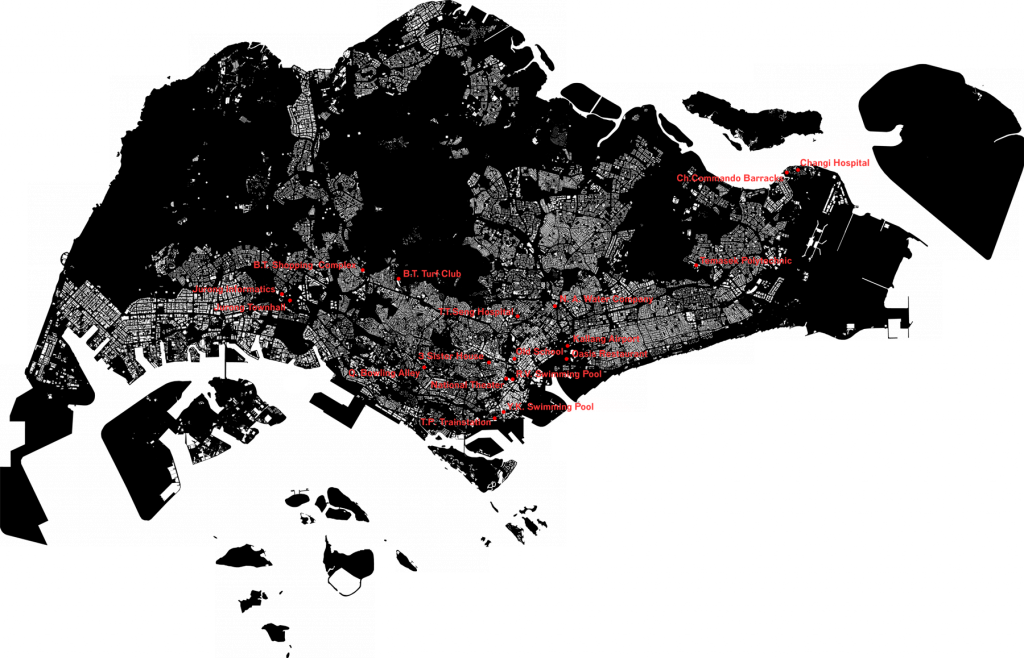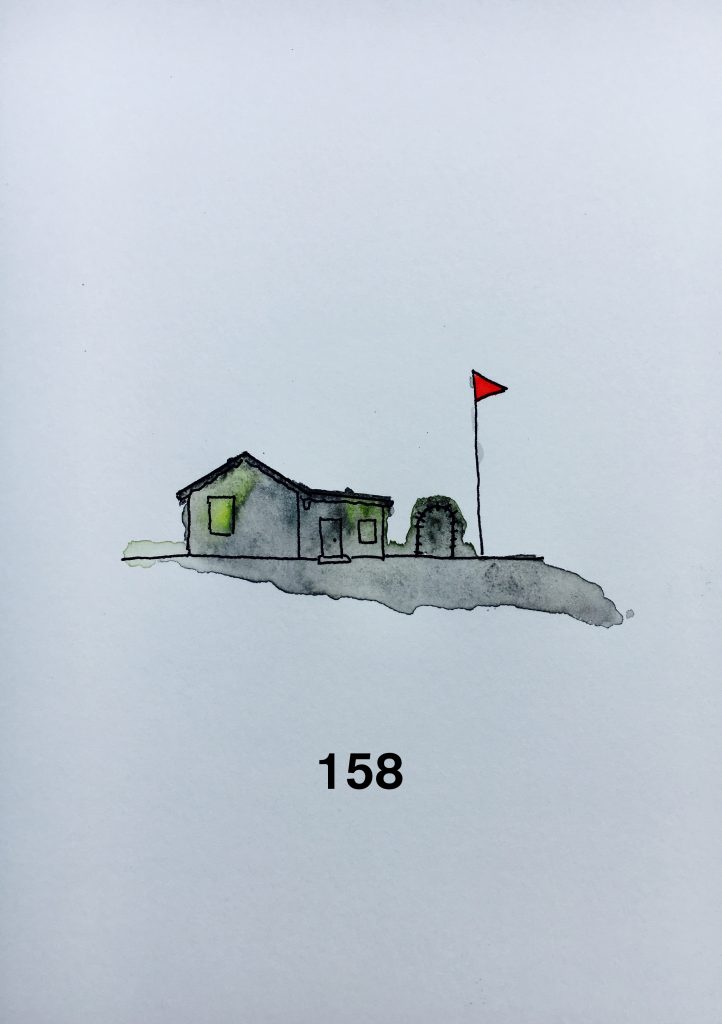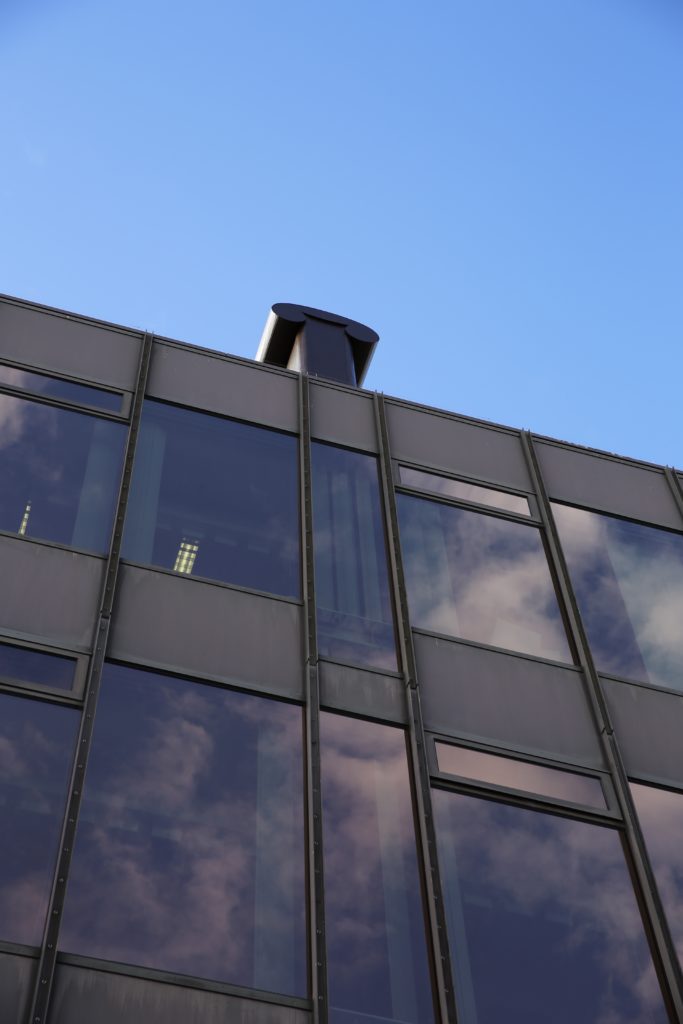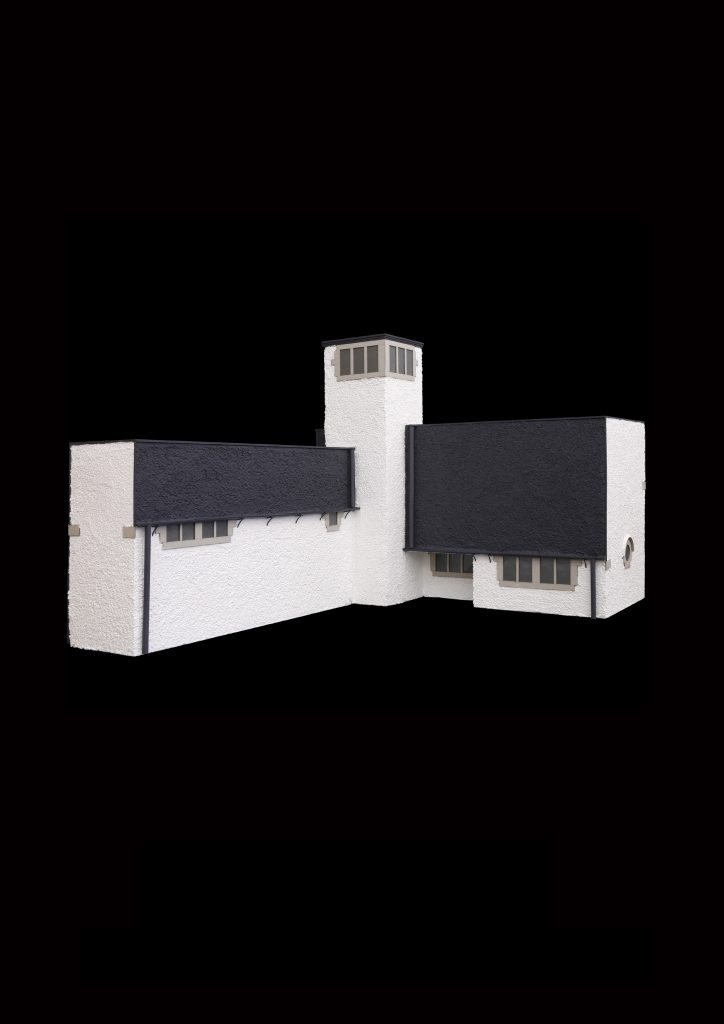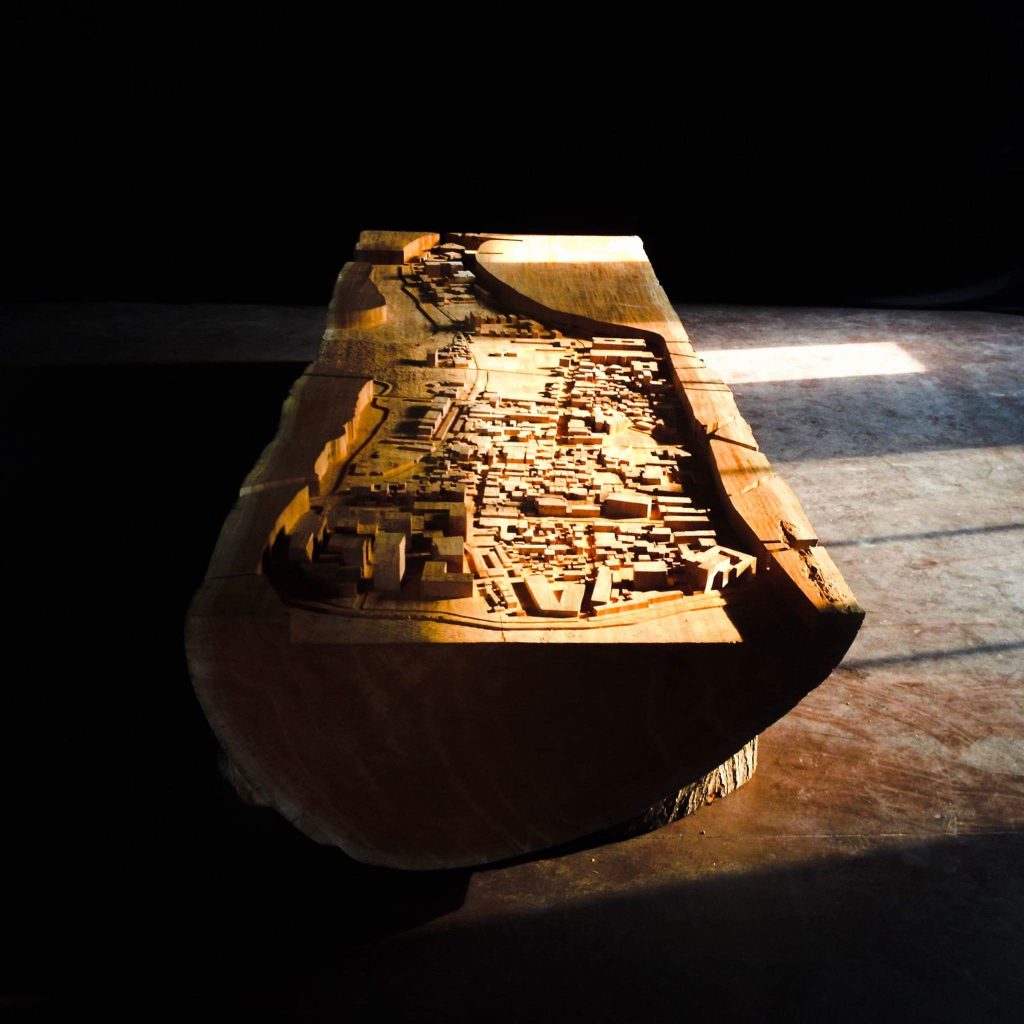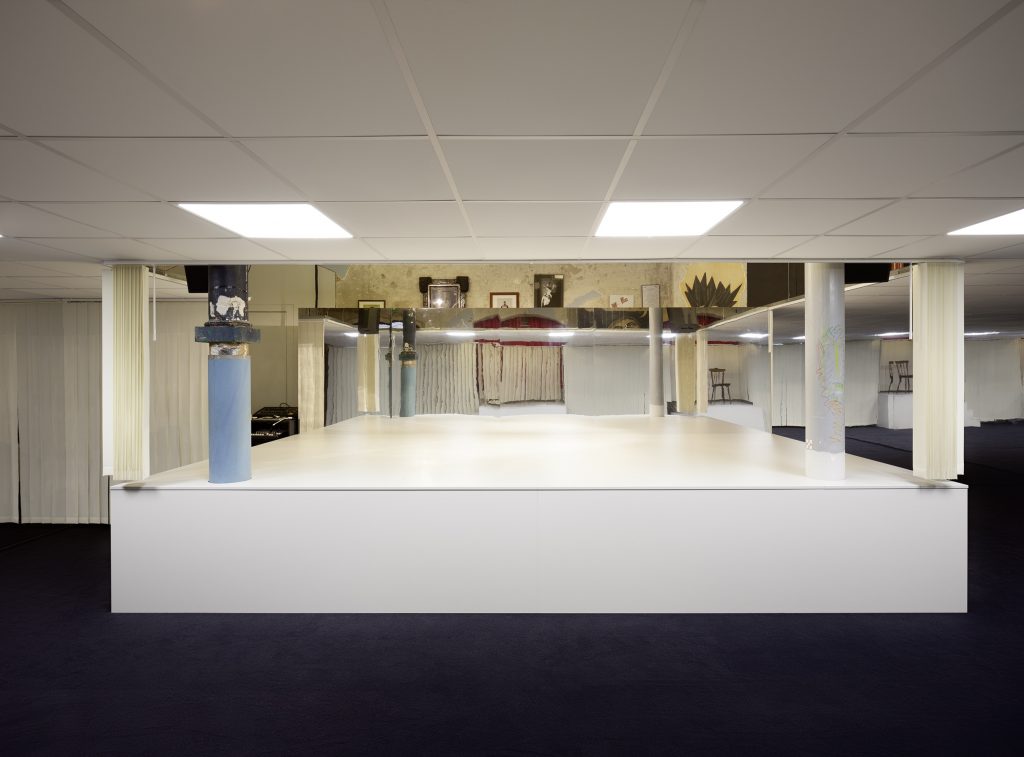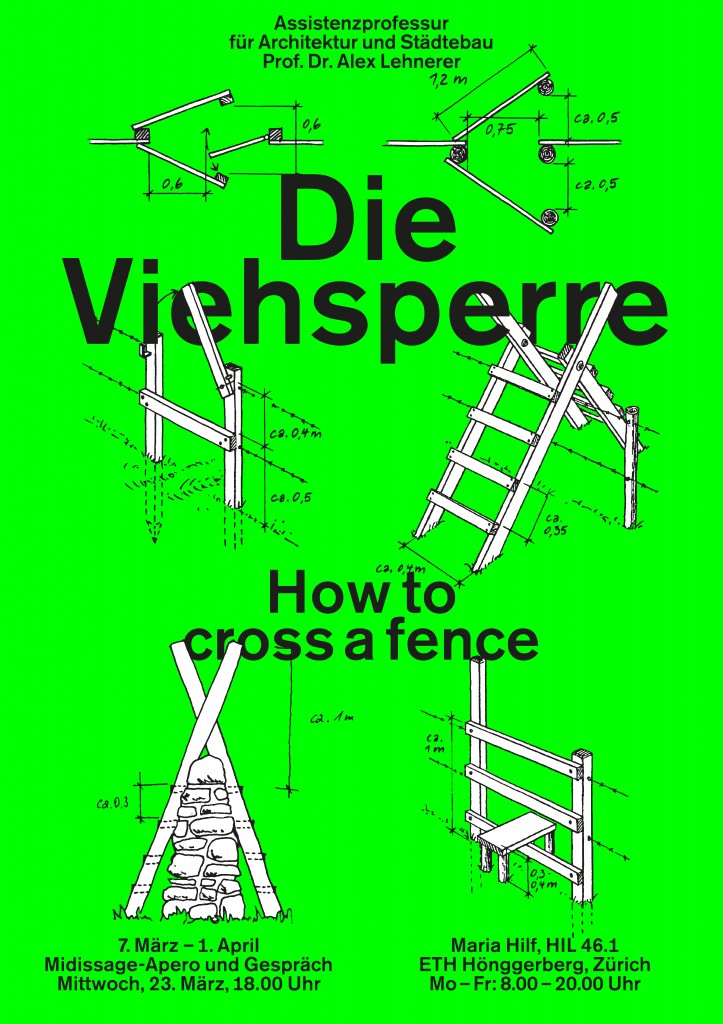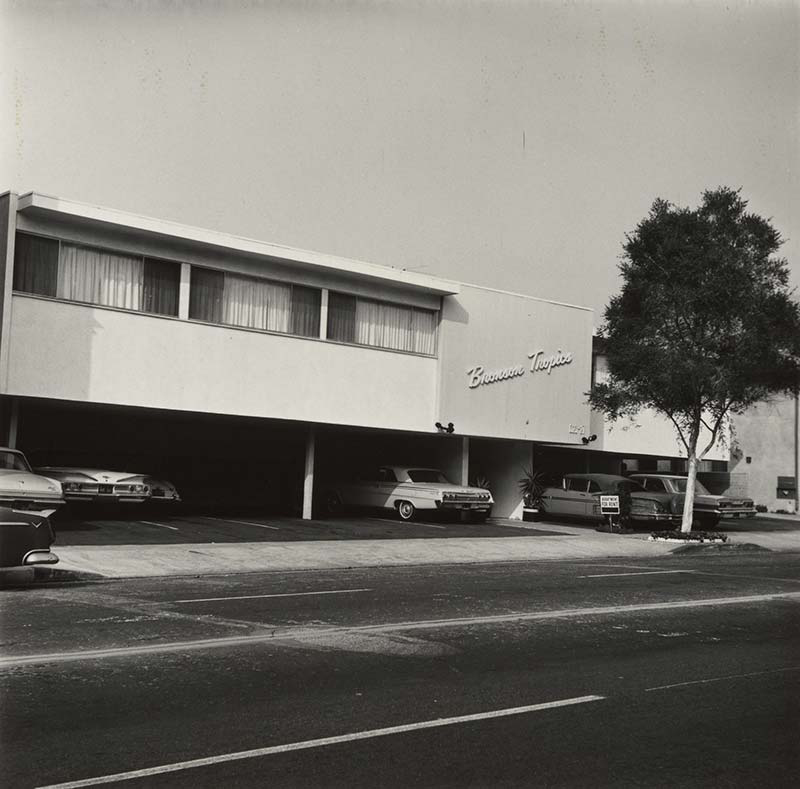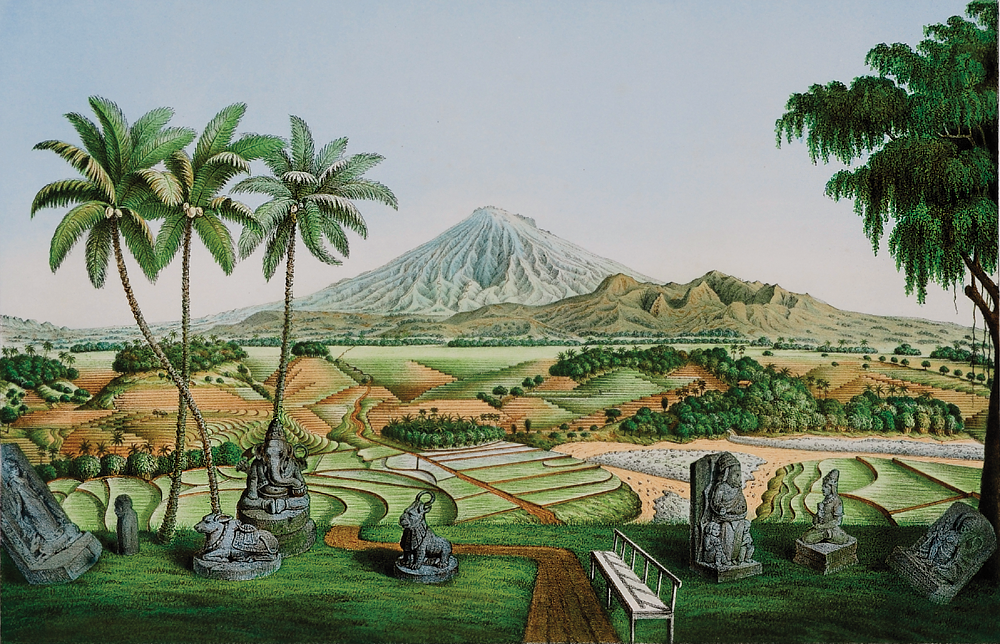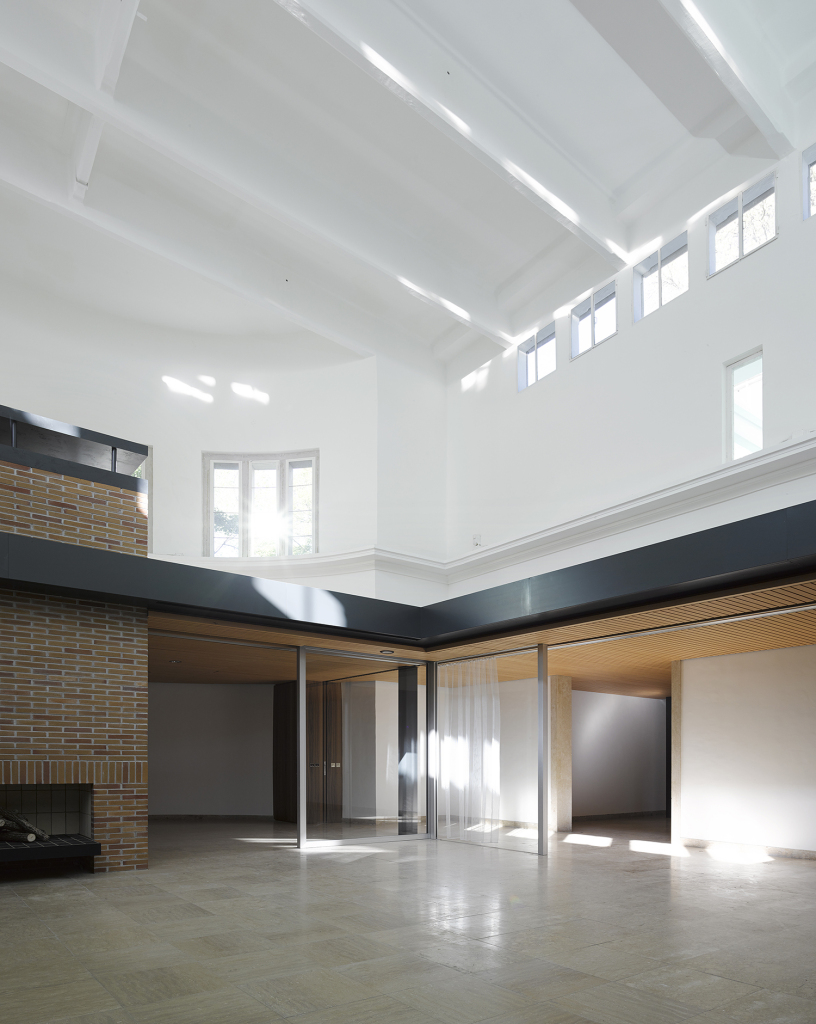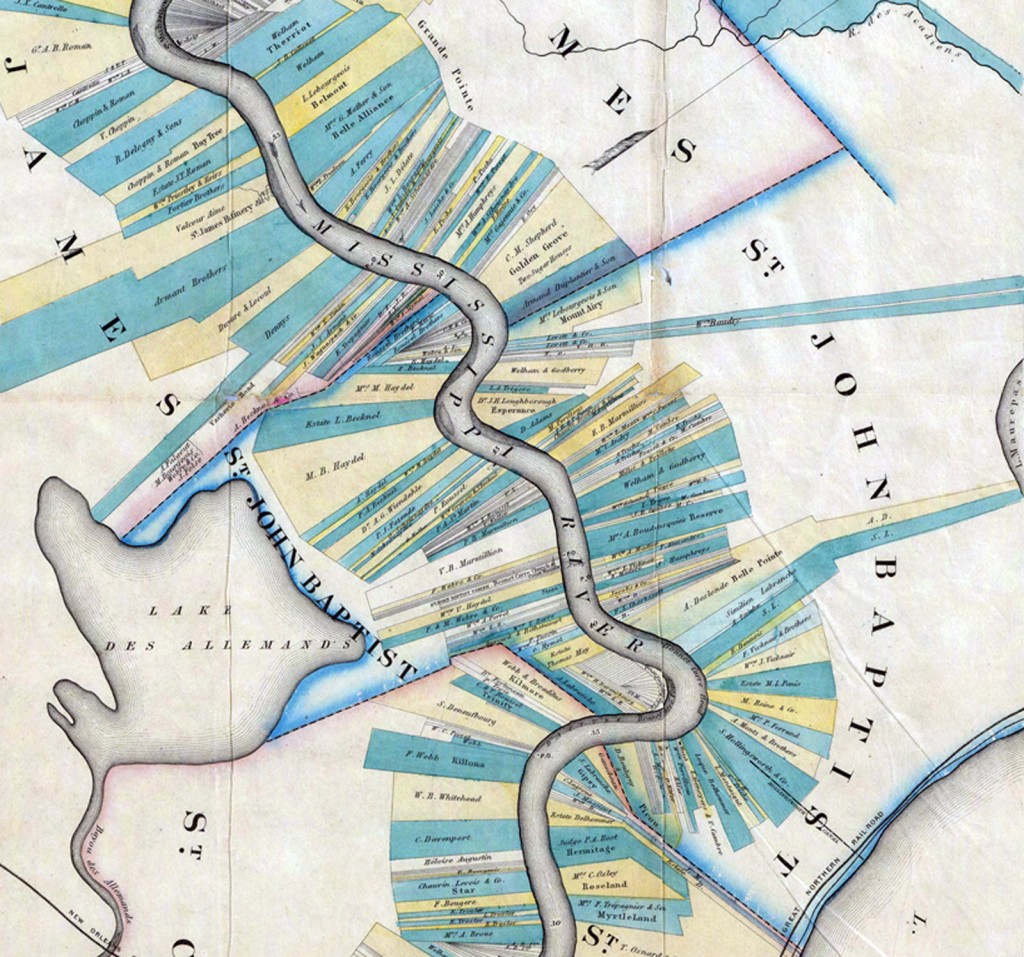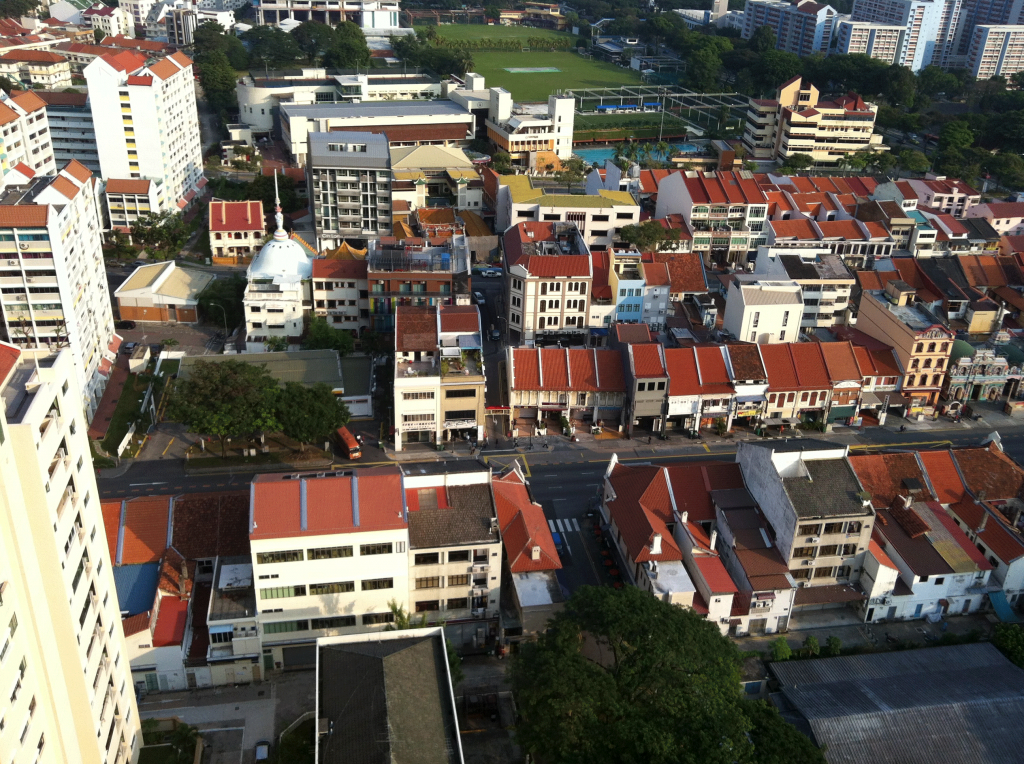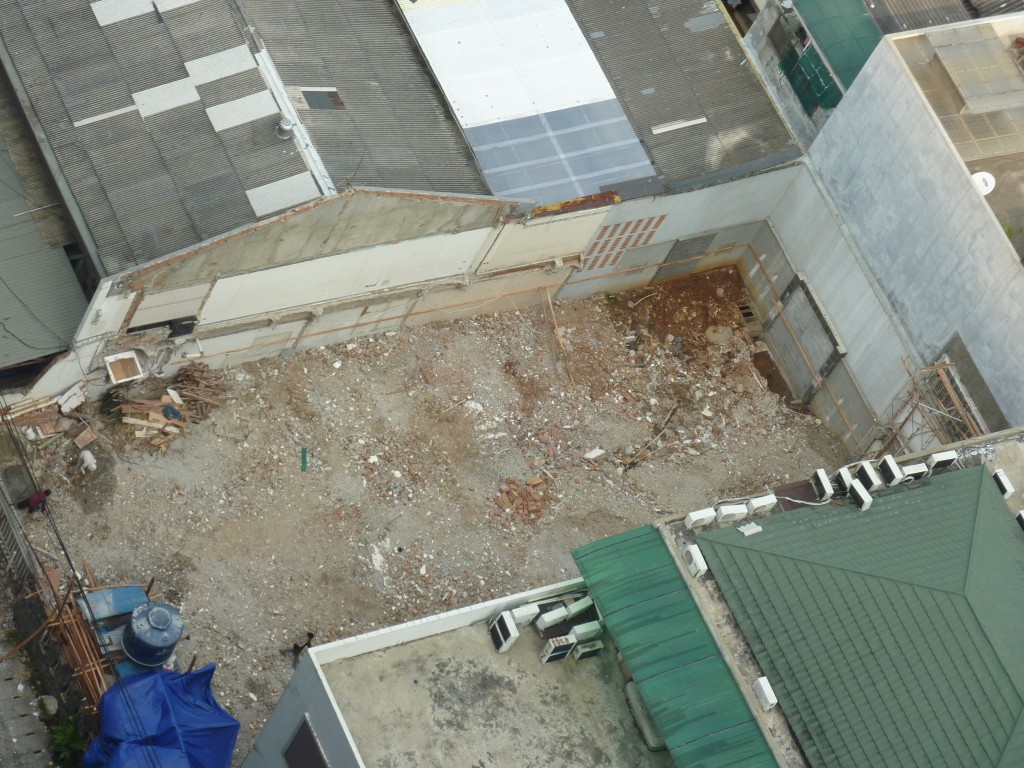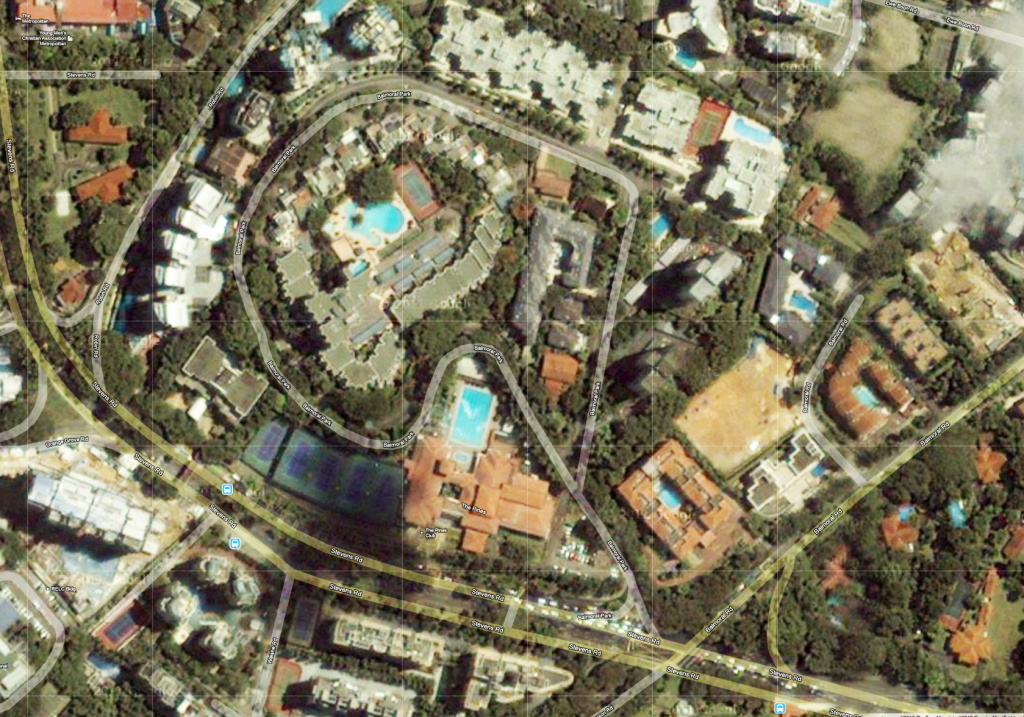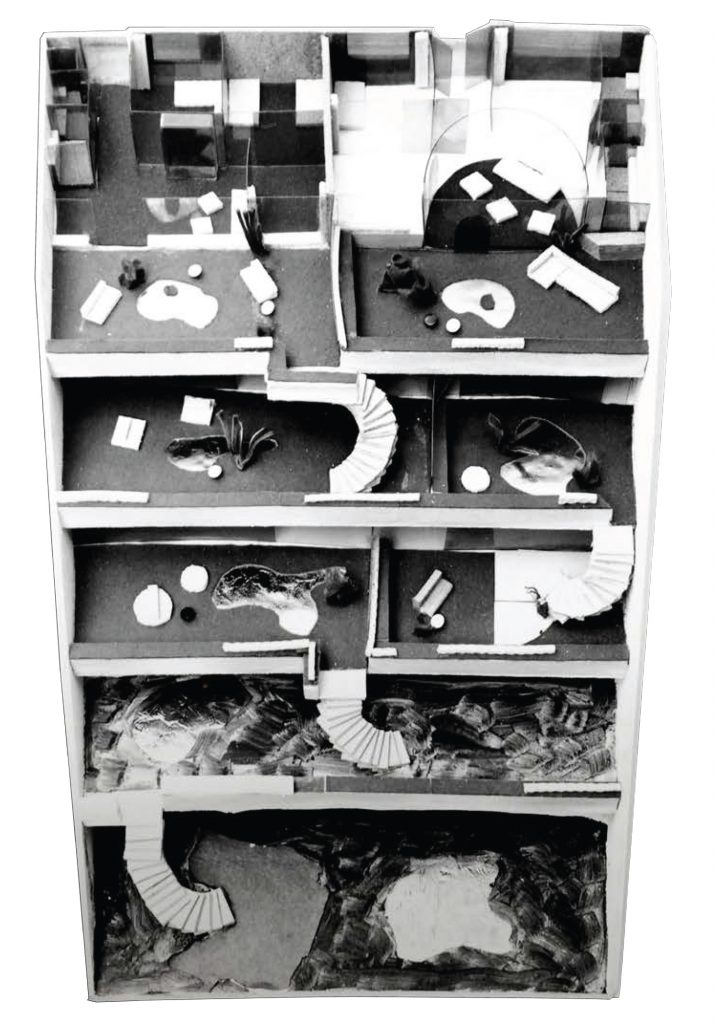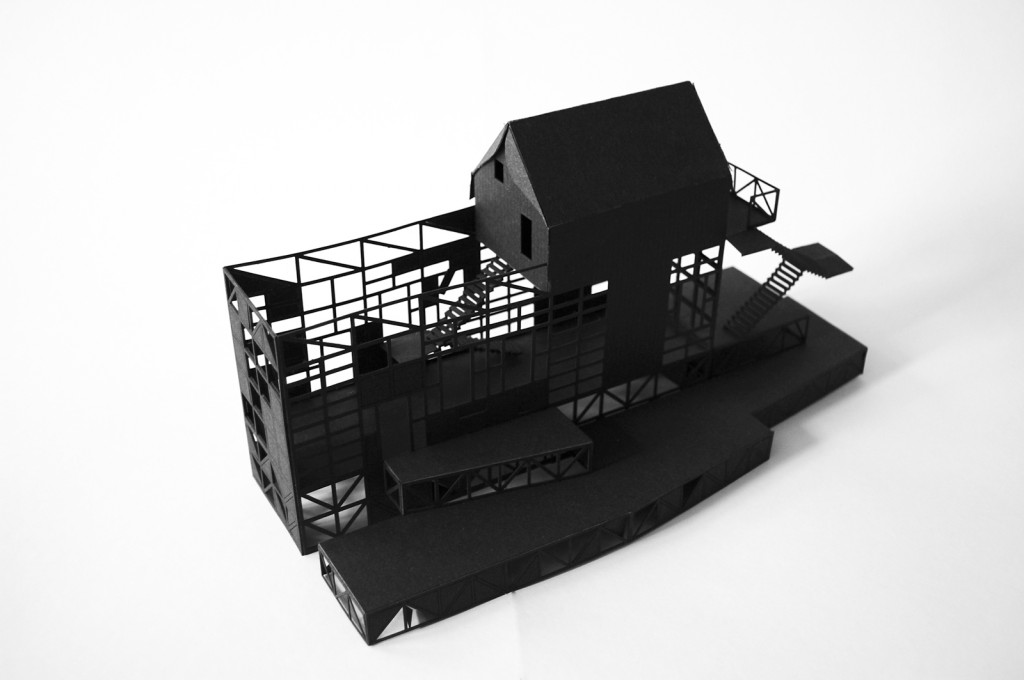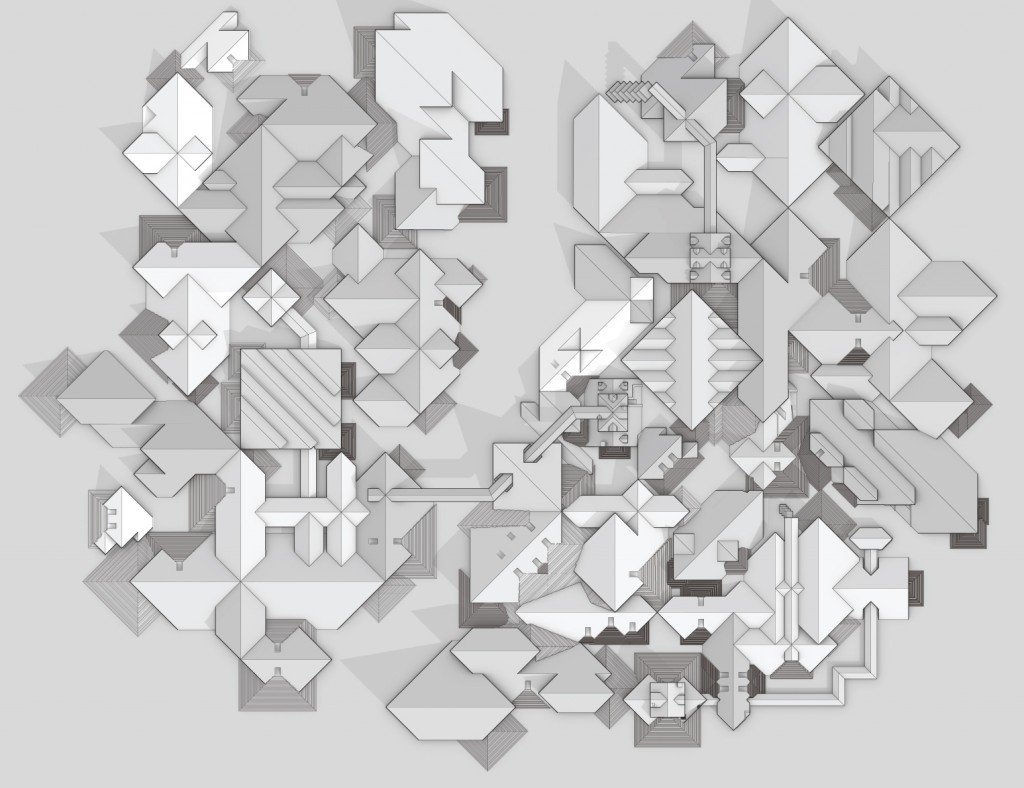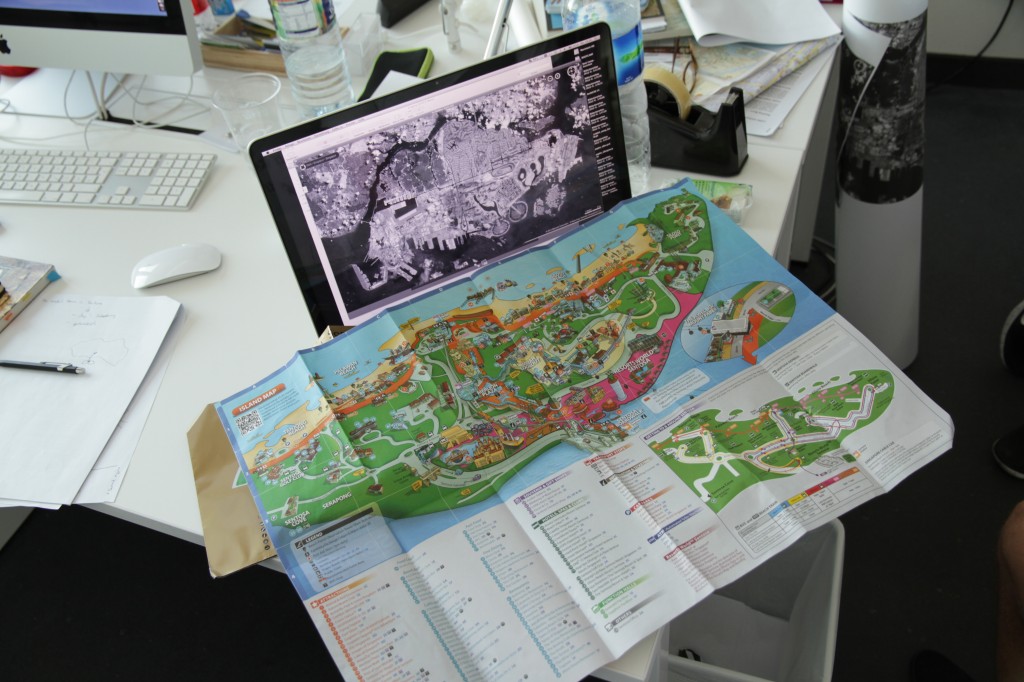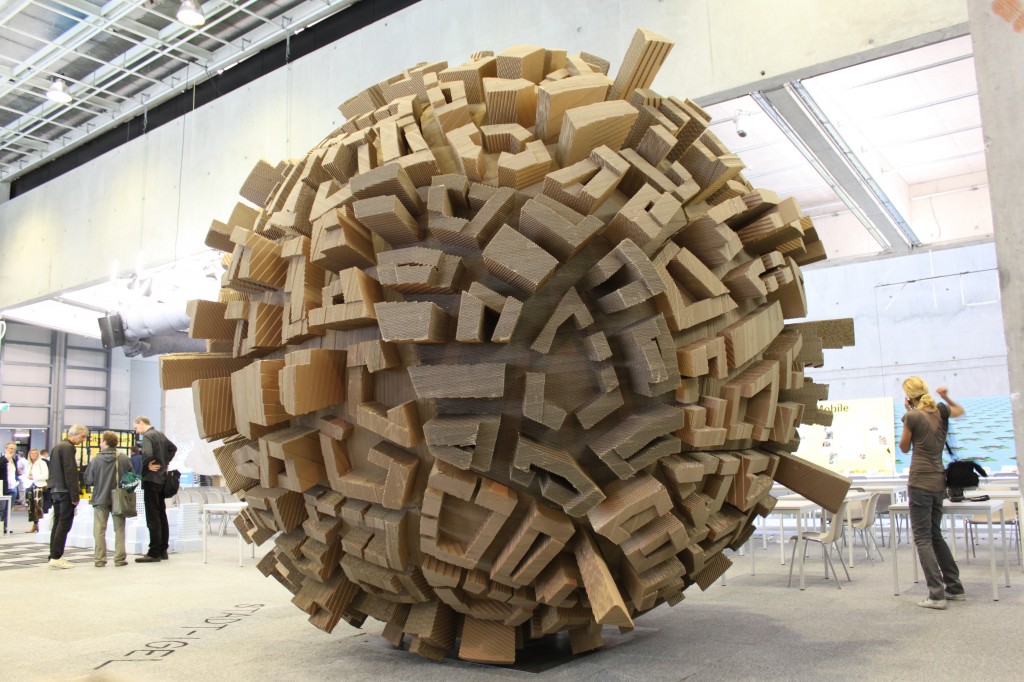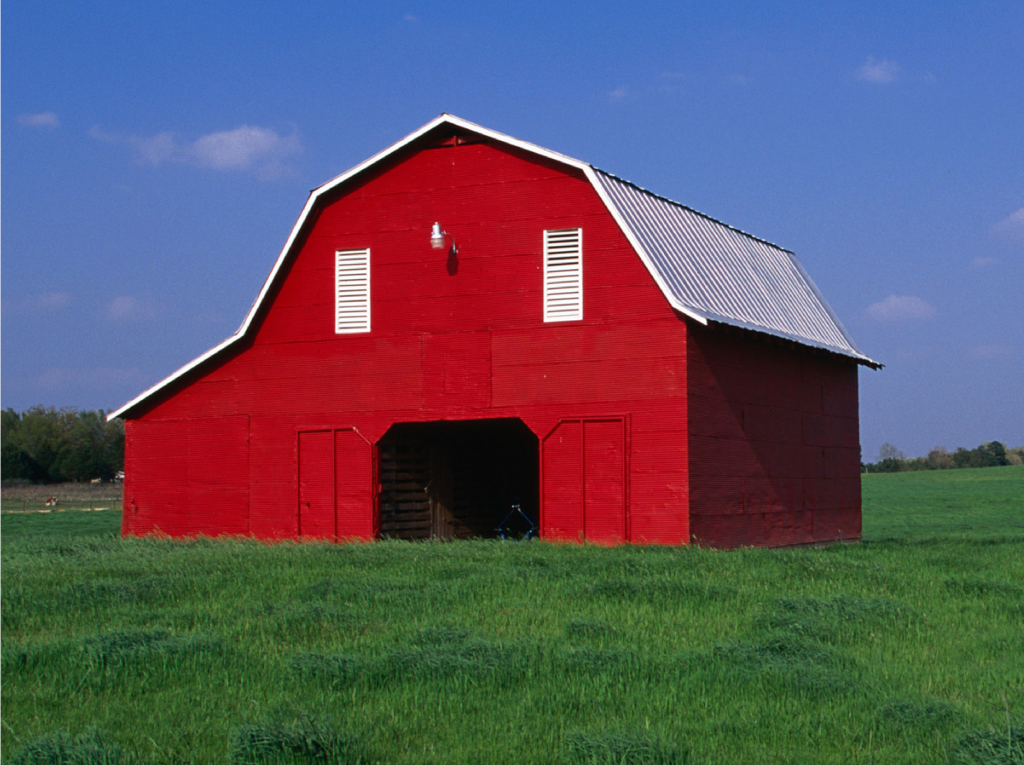Singapore Tropicana*
In the early 1970s there was a crucial moment when the future of the island’s city wasn’t conceived of as a unitary technocratic design agenda. Different cultural and ideological tendencies influenced the young nation and thus the architects and urban planners and their perception of the tropical city. While some of these architects’ ideas were manifested in built works, most evidence of their ambitions, however, has vanished along with the desire to steer the city’s future according to alternative agendas. A few scattered witnesses from this time remain in the city today, but for most of these artifacts their moment has passed. Unable to satisfy the demands of the zeitgeist, which condemns architecture to solve the globe’s problems, they have seemingly lost their purpose.
Because architecture’s raison d’être is not to solve problems, however, we reject the contemporary tendency to proclaim that everything is architecture and architecture is nothing. Instead, in our alternative vision of Singapore, we consult the outlaws of the contemporary “Garden City” to conceive of a tropical future. By examining the purposeless buildings of today, we invigorate the island’s architecture for a viable future on the edge of the hot and the wet, the ambitious and the sensitive, the permeable and the sealed, and the cultivated and the wild.
* The term “Tropicana” relates to two magic historical moments. The first one is the opening of the Tropicana Las Vegas hotel and casino in 1957. And the second one is the founding of Tropicana Products in Florida in 1947, a company specialized in the production of orange juice. Each of them helped to squeeze the notion of the “tropical” into a lifestyle product that no longer required the actual tropics as a context. The essence of the tropics becomes transferable and even flourishes at a relative humidity well below 30%.
The project Singapore Tropicana will be accompanied by a research/design studio in spring 2013 by Plans & Politics in collaboration with Jörg Rekitkke and Erik L’Heureux from the Department of Architecture at the National University of Singapore (NUS).
